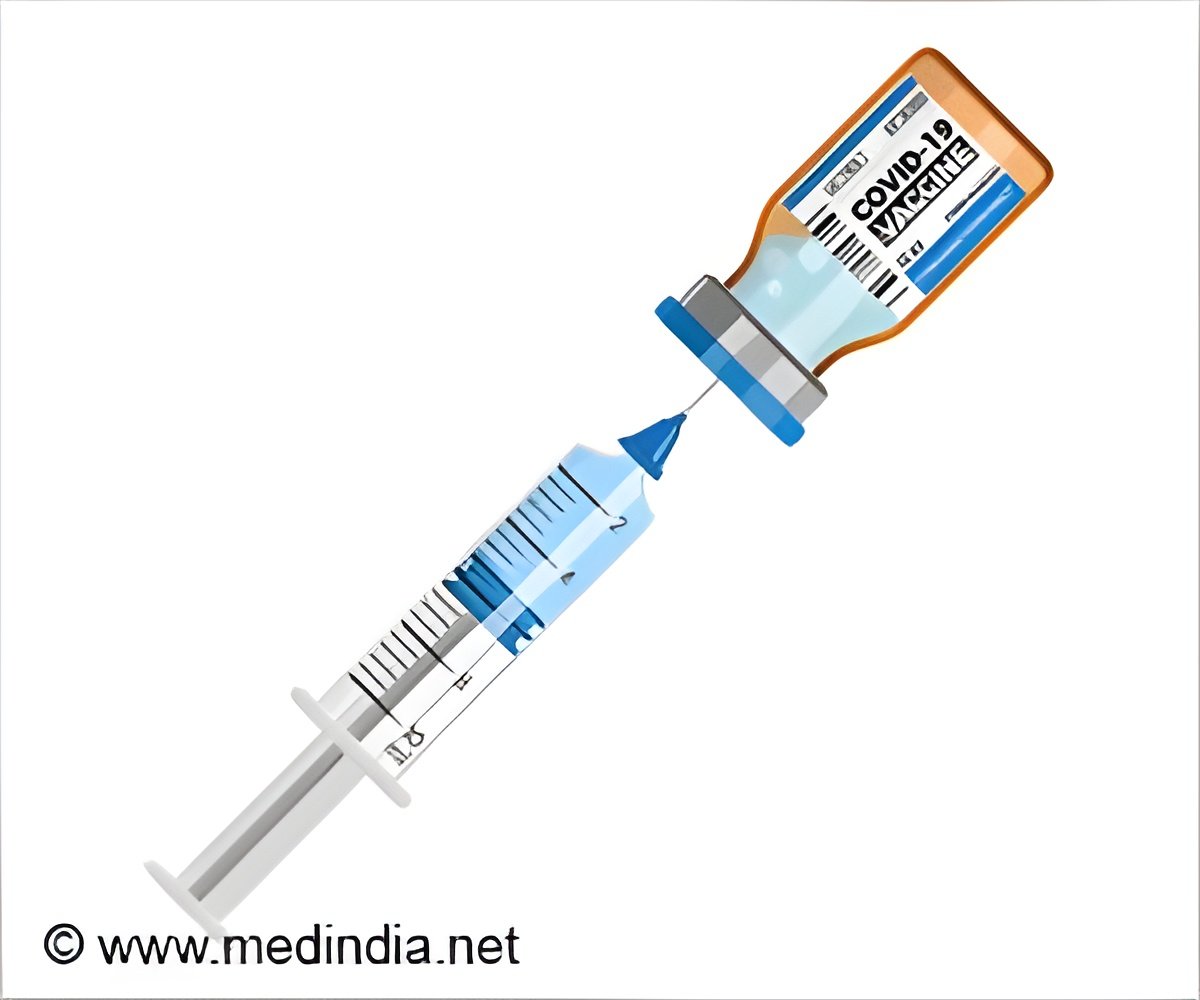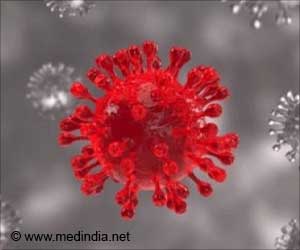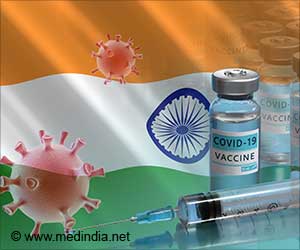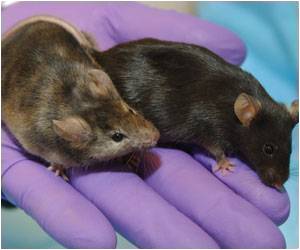The BA.2 sub-variant, also referred to as "stealth" Omicron, has emerged as the dominant strain worldwide, the World Health Organisation has said.

‘The WHO reported that the BA.2 is driving a fresh surge of coronavirus cases in many countries including the UK, the US, China, Hong Kong, South Korea, among others.’





During the same period, BA.1.1 represented about 9 per cent, BA.1 about 5 per cent and BA.3 less than 1 per cent. BA.2 is already dominant in the WHO's Americas region and its share of cases has been steadily increasing in several countries of Africa, Asia, Europe, and the Middle East since the end of 2021, the agency said.
In the US, about a third of new coronavirus cases are BA.2, Dr Rochelle Walensky, the director of the Centers for Disease Control and Prevention, said at a White House briefing on Wednesday.
US health officials, including the top infectious disease expert Dr. Anthony Fauci, expect the US to soon see an uptick in cases due to the BA.2 subvariant of Omicron.
Fauci said that the BA.2 subvariant is estimated to account for about 25 or 30 per cent of new cases in the US, and could also become the most dominant variant in the country, CNBC reported.
Advertisement
According to Fauci, who is also the White House chief medical advisor, BA.2 subvariant is about 50 to 60 per cent more transmissible than Omicron, yet it does not appear to be more severe.
Advertisement
"Our vaccines remain incredibly effective at preventing severe disease and death, including against both of the sublineages of BA.1 and BA.2," Dr Maria Van Kerkhove, the WHO's Covid-19 technical lead, has said.
Scientists suspect that BA.2's rapid growth is thanks to its unique mutations. In the gene for the spike protein on the surface of the virus, BA.2 has eight mutations not found in BA.1, the New York Times reported.
Although BA.2 has become the latest subvariant on many people's minds, there are also three so-called recombinant variants that the WHO has deemed noteworthy. One of these variants, nicknamed "Deltacron," was discovered in February but had not been officially named.
The agency now said that it had named the three variants - two versions of Deltacron and one that combined BA.1 and BA.2 - XD, XE and XF. There was no evidence that these recombinant variants are more transmissible or cause "more severe outcomes," the report said.
Source-IANS














